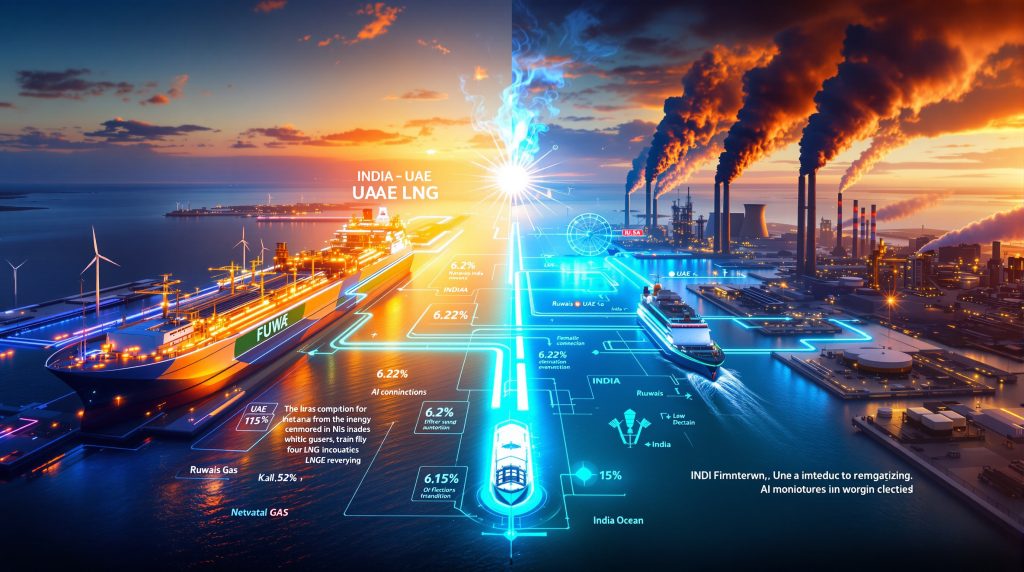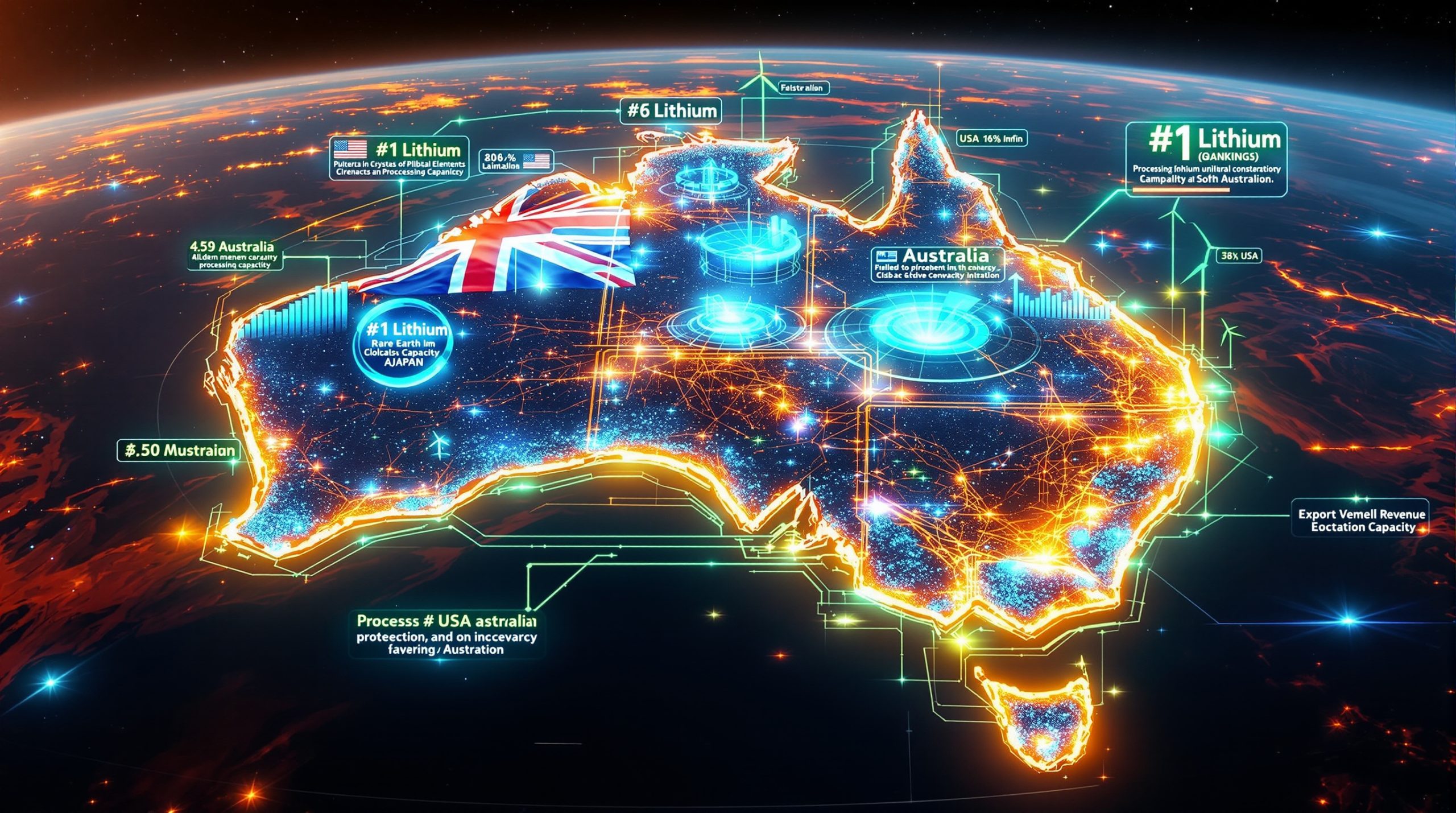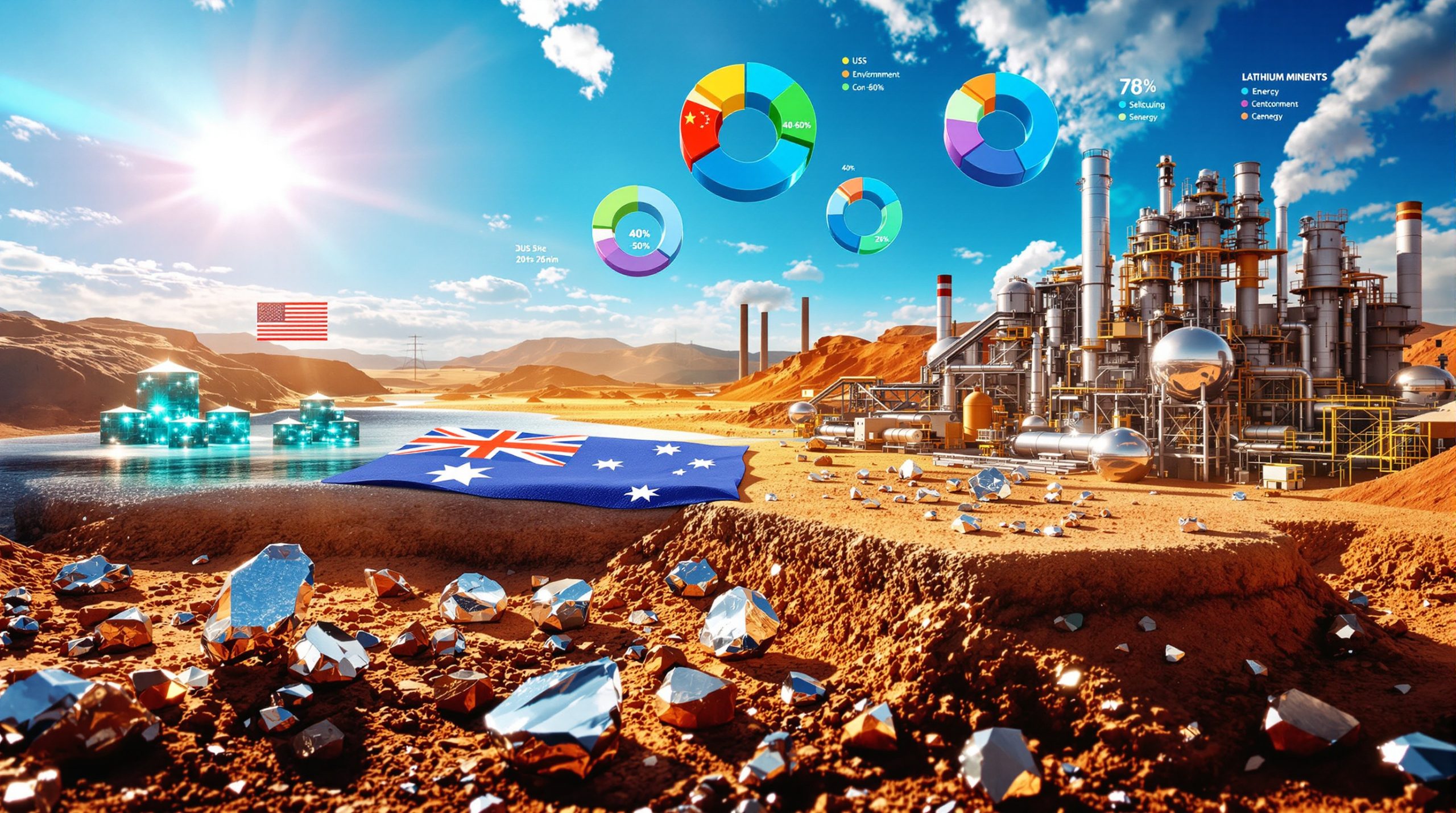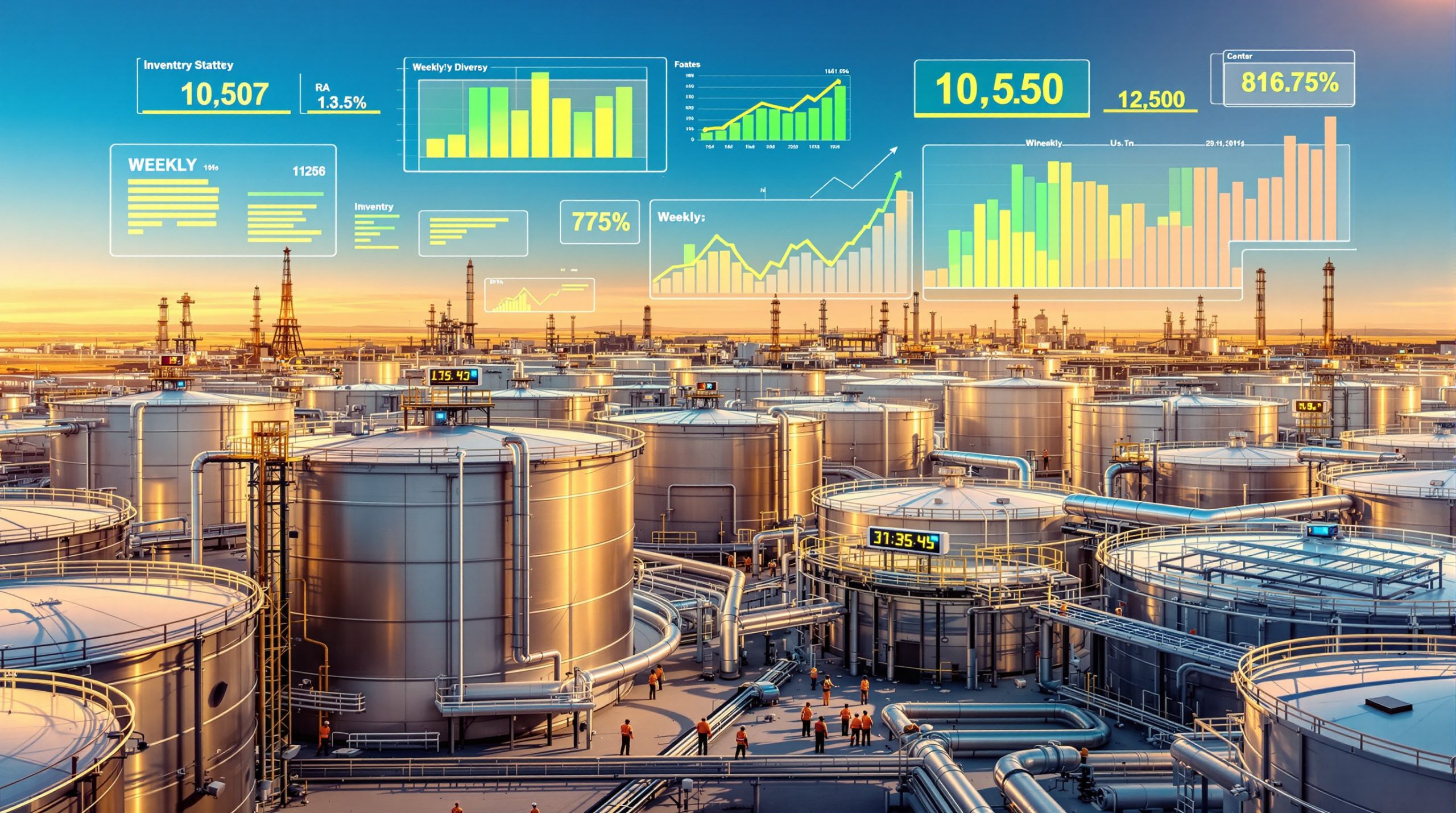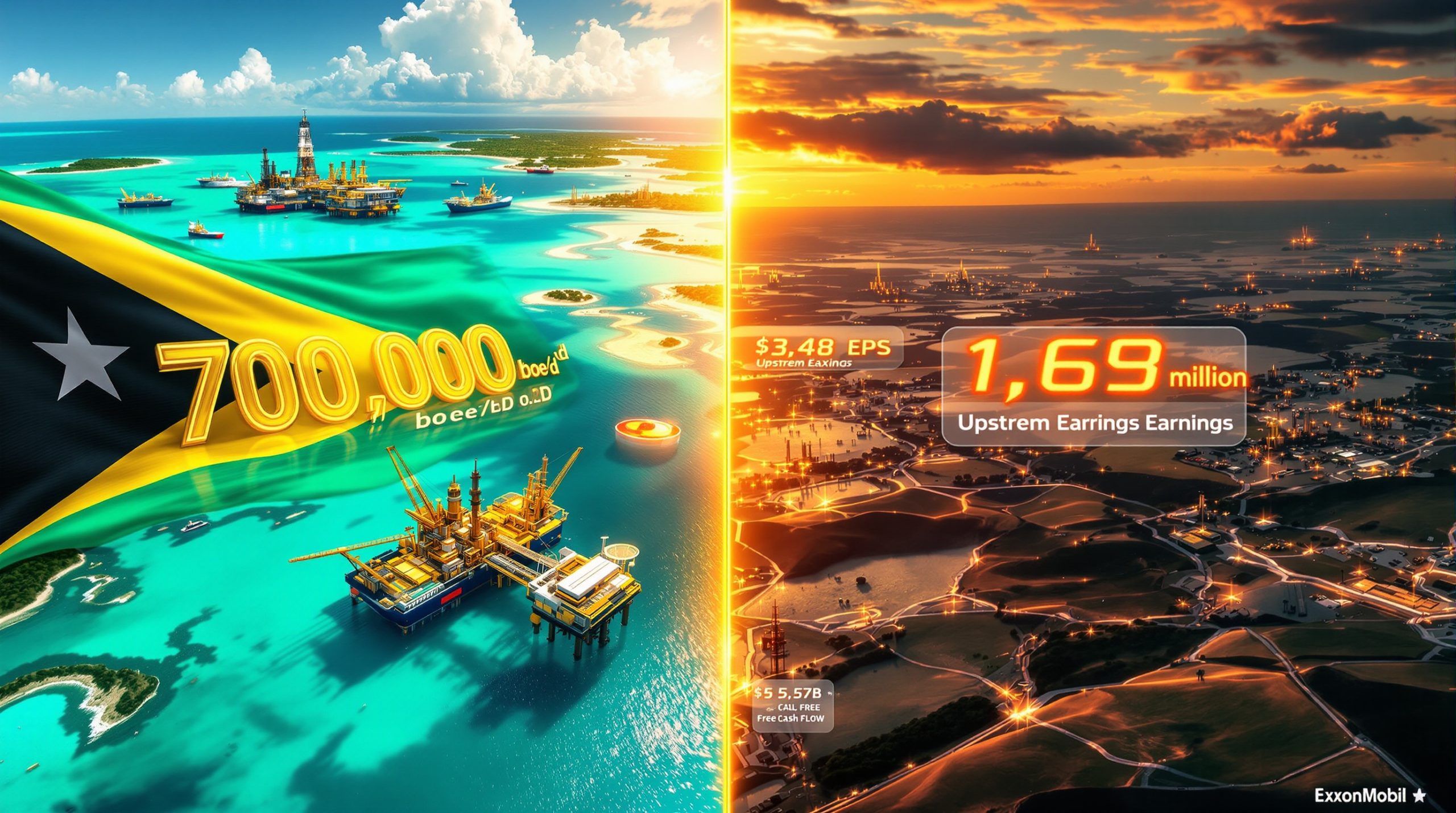Strategic Implications of the India-UAE LNG Partnership
The landmark 15-year Sales and Purchase Agreement (SPA) between Abu Dhabi National Oil Company (ADNOC) and Indian Oil Corporation (IOC) represents a significant shift in regional energy dynamics. Under this agreement, ADNOC will supply 1 million tonnes per annum (mtpa) of liquefied natural gas (LNG) from its Ruwais LNG project, establishing a new energy corridor that strengthens both countries' strategic positions while reshaping traditional supply patterns across the region.
This partnership extends well beyond mere energy commerce, positioning itself as a cornerstone of broader geopolitical realignments in the Indo-Pacific region. By 2029, IOC is projected to become ADNOC's largest LNG customer with a total offtake of 2.2 mtpa, signaling the growing importance and depth of this bilateral relationship.
What Makes the Ruwais LNG Project Strategically Significant?
Technological Innovation and Environmental Leadership
The Ruwais LNG facility represents a technological leap forward in Middle Eastern energy infrastructure. As the region's first LNG plant powered by clean energy, it establishes new benchmarks for environmental performance in natural gas liquefaction. The project incorporates multiple cutting-edge elements:
- Advanced artificial intelligence systems for operational optimization
- Clean power integration to minimize carbon footprint
- State-of-the-art safety protocols and efficiency measures
- Real-time monitoring systems for performance optimization
This technological sophistication positions the UAE as a pioneer in low-carbon LNG production, creating a competitive advantage in increasingly environmentally-conscious global markets while setting new standards for the industry.
Geographic Advantages and Supply Chain Security
The strategic location of the Ruwais facility offers significant logistical benefits that enhance the partnership's value proposition:
- Direct maritime access to Indian ports with minimal transit times
- Reduced vulnerability to shipping disruptions in global chokepoints
- Enhanced energy security through diversified supply routes
- Streamlined customs and regulatory processes under CEPA framework
These geographic advantages strengthen the resilience of India's energy supply chain while providing the UAE with a stable, long-term market for its expanding LNG production capacity. The proximity factor alone reduces transportation costs by an estimated 15-20% compared to more distant suppliers.
How Does This Partnership Advance India's Energy Transition Goals?
Natural Gas Expansion Strategy
India has established ambitious targets to increase natural gas in its energy mix from approximately 6.2% to 15% by 2030. This partnership directly supports this strategic objective by providing a reliable source of cleaner-burning fuel for power generation, industrial processes, and domestic use.
| Current Natural Gas Share | Target Share by 2030 | Volume Increase Required | ADNOC Contribution |
|---|---|---|---|
| 6.2% of energy mix | 15% of energy mix | ~70 mtpa additional capacity | 2.2 mtpa by 2029 |
The ADNOC agreement helps bridge this substantial gap, providing a reliable source of cleaner-burning fuel to support India's transition away from more carbon-intensive energy sources like coal and petroleum.
Emissions Reduction and Air Quality Benefits
The shift toward increased natural gas usage offers tangible environmental benefits for India's rapidly growing economy:
- Lower carbon dioxide emissions (approximately 50-60% less than coal per unit of energy)
- Reduced particulate matter and sulfur dioxide emissions in urban areas
- Improved air quality in major metropolitan areas where pollution levels frequently exceed WHO guidelines
- Progress toward international climate commitments under the Paris Agreement
These environmental advantages make LNG an attractive transitional fuel as India balances rapid economic development with sustainability objectives and public health concerns. Additionally, many mining operations are exploring renewable energy solutions to further reduce their environmental impact.
What Economic Implications Emerge from This Energy Partnership?
Trade Enhancement Under CEPA Framework
The LNG agreement operates within the broader Comprehensive Economic Partnership Agreement (CEPA) signed between the UAE and India in 2022. This framework creates a favorable environment for expanded energy trade:
- Elimination of import tariffs on LNG shipments
- Streamlined regulatory procedures for energy trade
- Preferential treatment for bilateral commerce across multiple sectors
- Established mechanisms for dispute resolution and contract enforcement
These provisions enhance the economic viability of the LNG partnership while creating a template for expanded cooperation in other sectors, from renewable energy to technology and manufacturing. However, global trade wars and tariffs could potentially complicate implementation in some areas.
Investment Opportunities and Industrial Development
Beyond direct energy trade, the partnership catalyzes additional economic activities that multiply its impact:
- Infrastructure development for LNG receiving terminals along India's coastline
- Expansion of natural gas distribution networks to underserved regions
- Industrial applications utilizing natural gas as feedstock for petrochemicals
- Technology transfer in energy efficiency and utilization
These downstream opportunities create jobs and foster industrial development in both countries, extending the economic benefits well beyond the core LNG agreement itself.
How Does This Partnership Fit Into Broader Regional Alignments?
Counterbalancing Regional Influences
The India-UAE energy axis represents an important strategic counterweight to other regional powers and alliances. This partnership:
- Diversifies India's energy sourcing beyond traditional suppliers like Qatar and Russia
- Strengthens UAE's position as a key energy hub connecting East and West
- Creates alternatives to China-dominated energy corridors in the region
- Establishes a framework for expanded security cooperation in maritime domains
These strategic benefits extend well beyond the commercial value of the LNG trade itself, reshaping regional power dynamics and creating more balanced relationships across the Indo-Pacific region. The partnership may also help address ongoing energy exports challenges faced by many countries in the region.
Alignment with International Diplomatic Initiatives
The energy partnership dovetails with several international diplomatic frameworks that are reshaping the region:
- Supports broader normalization efforts in the Middle East
- Aligns with multilateral initiatives for energy security in the Indo-Pacific
- Complements existing security arrangements in the Indian Ocean region
- Provides economic underpinning to diplomatic relationships between like-minded nations
This multidimensional alignment enhances the resilience and significance of the bilateral relationship, making it less vulnerable to changing political circumstances or external pressures.
What Challenges Could Affect the Long-Term Viability of This Partnership?
Market Volatility and Price Risks
Despite its strategic benefits, the partnership faces several market-related challenges:
- Global LNG price fluctuations affecting contract economics
- Competition from alternative suppliers with potentially lower production costs
- Technological disruptions in the energy sector, including renewable energy breakthroughs
- Regulatory changes impacting natural gas demand in target markets
These market uncertainties require flexible contract structures and risk management strategies to ensure long-term sustainability for both parties. Furthermore, OPEC market influence on energy prices continues to be a significant factor in regional energy dynamics.
Geopolitical Tensions and Regional Instability
Regional security concerns could potentially impact the partnership's operations:
- Maritime security threats in critical shipping lanes
- Political instability in neighboring countries affecting regional trade
- Great power competition influencing regional alliances and partnerships
- Domestic political changes potentially altering energy priorities
Navigating these geopolitical complexities requires ongoing diplomatic engagement alongside the commercial relationship, with contingency planning for various scenarios. The global trade impact of tensions between major powers like the US and China adds another layer of complexity.
How Might the Partnership Evolve in the Coming Decade?
Expansion Beyond Traditional LNG Trade
The initial LNG agreement creates a foundation for broader energy cooperation with numerous potential growth areas:
- Joint ventures in renewable energy development, particularly solar power
- Collaboration on hydrogen production and transportation
- Shared investments in carbon capture technologies and implementations
- Integrated energy infrastructure projects spanning multiple countries
These expanded areas of cooperation could transform the relationship from a traditional buyer-seller dynamic to a comprehensive energy partnership addressing 21st-century challenges.
Technology Sharing and Innovation Hub Development
The partnership creates opportunities for knowledge exchange and innovation that benefit both countries:
- Joint research initiatives on next-generation energy technologies
- Training and capacity building for technical personnel across the energy sector
- Shared regulatory frameworks for emerging energy solutions like hydrogen
- Collaborative approaches to digitalization in energy systems management
These knowledge-sharing initiatives multiply the long-term value of the partnership beyond immediate commercial benefits, building human capital and technological capacity in both nations.
What Does This Mean for Global Energy Markets?
Shifting Trade Patterns and Market Integration
The India-UAE LNG partnership contributes to evolving global energy flows with far-reaching implications:
- Acceleration of the eastward shift in global LNG demand centers
- Integration of Middle Eastern and South Asian energy markets
- Development of new pricing mechanisms reflecting regional dynamics
- Creation of alternative supply routes reducing traditional dependencies
These changes ripple through global energy markets, influencing investment decisions and strategic planning across the industry while potentially reducing price volatility.
New Models for Energy Diplomacy
The partnership establishes innovative approaches to energy relationships that may serve as templates elsewhere:
- Long-term agreements balanced with flexibility provisions to accommodate market changes
- Integration of commercial and strategic objectives in energy partnerships
- Environmental considerations embedded in energy supply agreements
- Multilateral benefits beyond bilateral relationships, creating regional stability
These new models potentially influence how other countries structure their energy diplomacy, creating templates for similar arrangements that balance security, economics, and sustainability.
FAQ: India-UAE LNG Partnership
How much LNG will India receive under this agreement?
The agreement provides for 1 million tonnes per annum (mtpa) from the Ruwais LNG project, with total offtake reaching 2.2 mtpa by 2029 when including 1.2 mtpa from ADNOC's Das Island operations.
When will the Ruwais LNG facility begin operations?
The facility is scheduled to commence commercial operations in 2028, becoming the Middle East's first LNG plant powered by clean energy.
How does this agreement benefit India's energy security?
The partnership diversifies India's LNG supply sources, establishes a reliable long-term supplier relationship, and helps meet growing domestic demand while supporting India's transition to cleaner energy sources.
What makes this LNG project environmentally distinctive?
The Ruwais facility will be the first LNG plant in the Middle East to run on clean power, making it among the lowest carbon-intensity LNG producers globally, while also employing advanced AI technologies for operational optimization.
How does this agreement fit with broader economic relations?
The LNG partnership operates within the framework of the 2022 Comprehensive Economic Partnership Agreement (CEPA), which eliminates import tariffs on LNG and creates preferential treatment for bilateral trade. According to the Business Standard, this is part of a broader series of agreements covering crude production and nuclear energy cooperation.
Disclaimer: This analysis contains forecasts and projections about future energy markets and geopolitical developments. These are opinions based on current information and should not be considered investment advice. Energy markets are subject to numerous unpredictable factors that can significantly alter expected outcomes.
Want to Capitalize on the Next Major Mineral Discovery?
Be instantly alerted to significant ASX mineral discoveries through Discovery Alert's proprietary Discovery IQ model, transforming complex mineral data into actionable insights for your investment decisions. Visit Discovery Alert's dedicated discoveries page to understand why historic discoveries can generate substantial returns and begin your 30-day free trial today.
